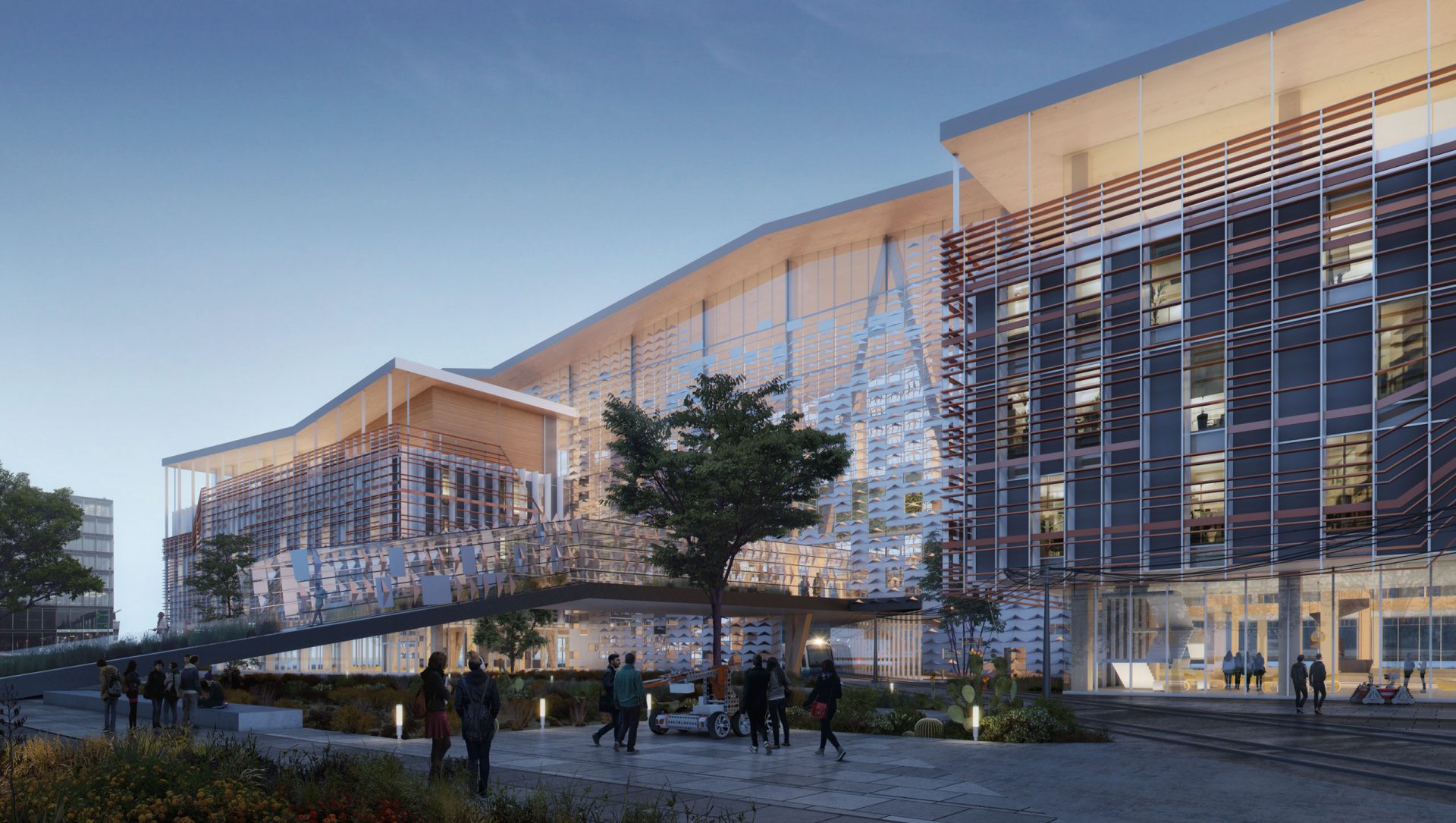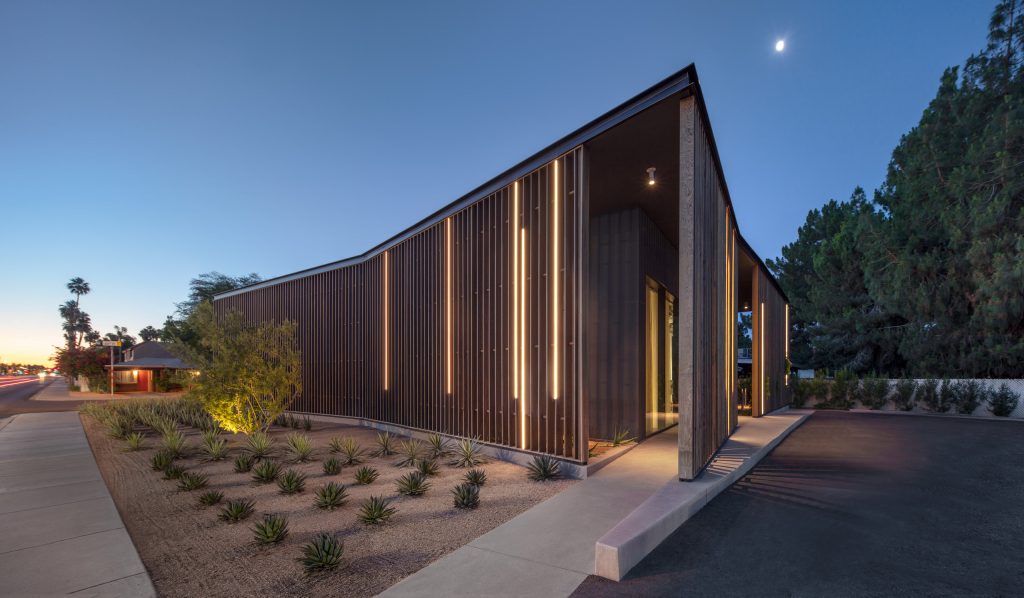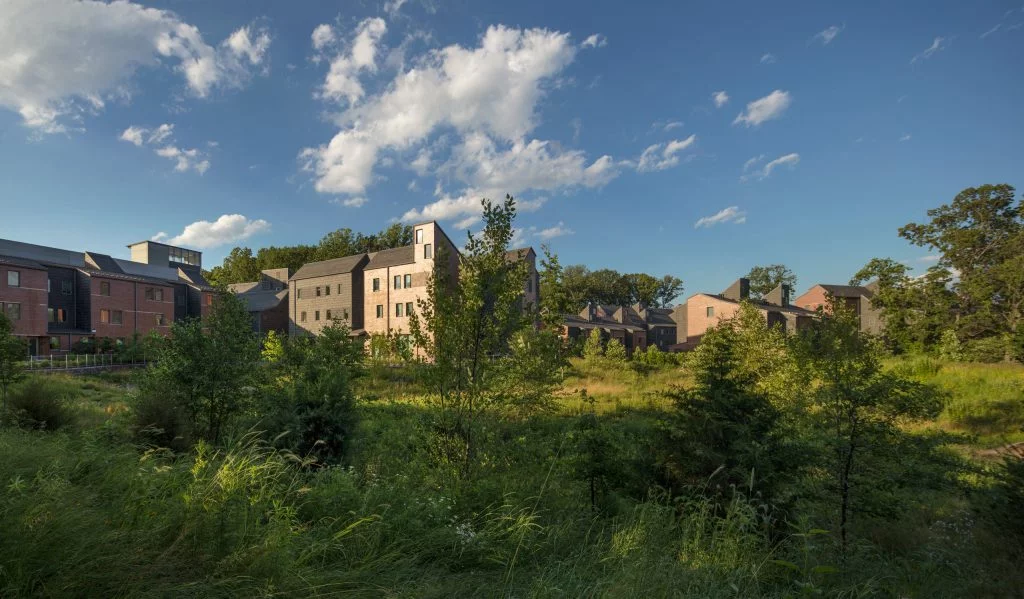Solving the problems caused by climate change demands new technologies that can be employed at mass scale. As part of their commitment to being a preeminent 21st century research university, ASU used the planning phase of ISTB-7 as a proof of concept, challenging their faculty and Studio Ma to develop realistic solutions to self-generate all the energy and water a research and technology building in the desert requires.
Ecological Design Advances Through Academic Partnership
ASU ISTB-7
This triple-net-zero laboratory, completed in collaboration with university researchers, adapted to its desert climate, and connected to the urban transit grid, operates as a proving ground for new sustainable technologies.
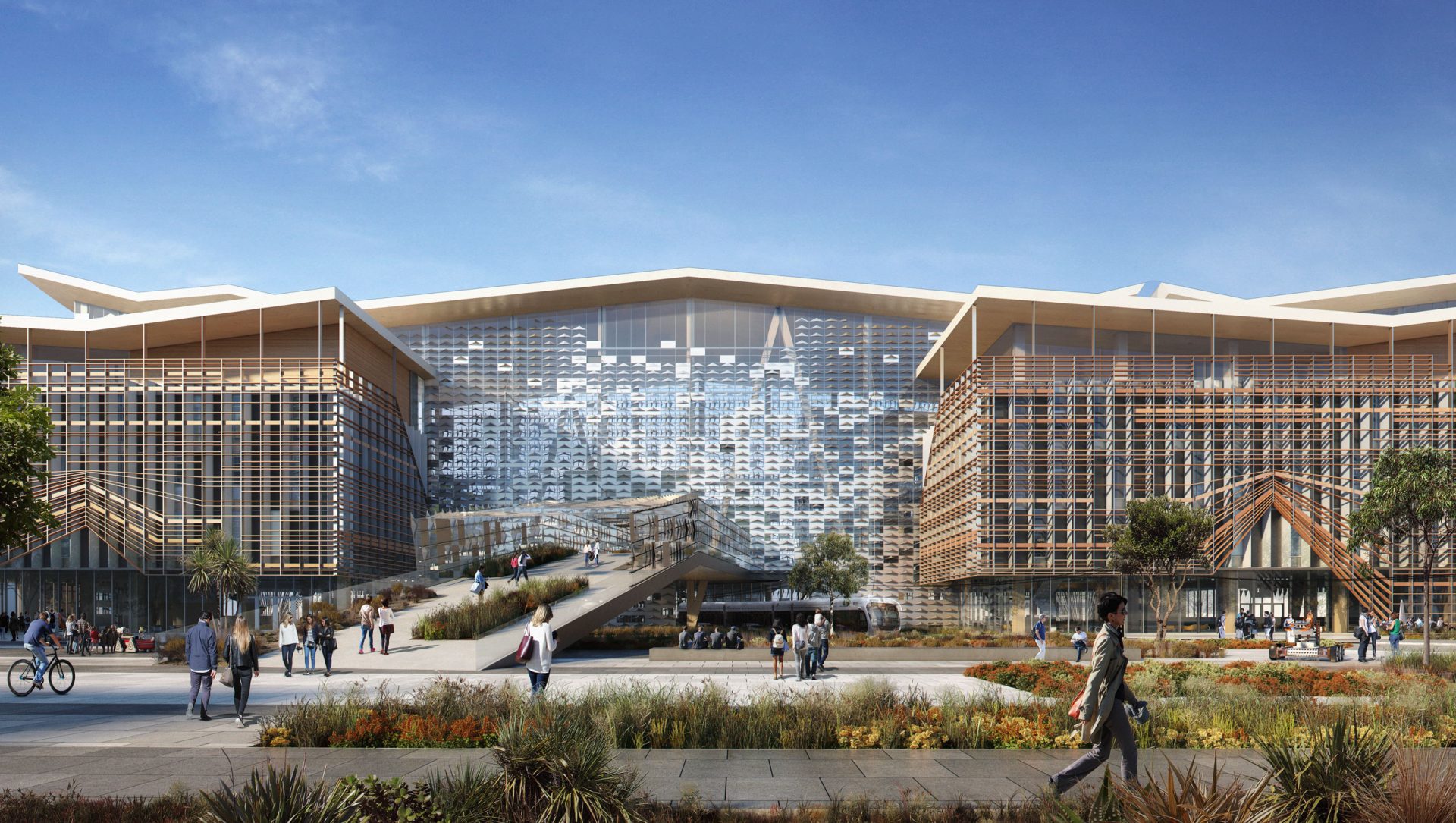
- Location: Tempe, Arizona
- Completed: 2020
- Building Area: 258,000 sf
- Client: Arizona State University
Sustainability:
- LEED Platinum
- Designed for net-zero operations
Awards:
- 2019 Chicago Athenaeum American Architecture Award
- 2018 Best of Design Award — Architect’s Newspaper
ISTB-7, Arizona State University’s seventh Interdisciplinary Science and Technology Building, brings together scientists and researchers to address the problems caused by climate change, supporting their search for new technologies that will reduce pollution, lower carbon and water use, and impact policy changes.
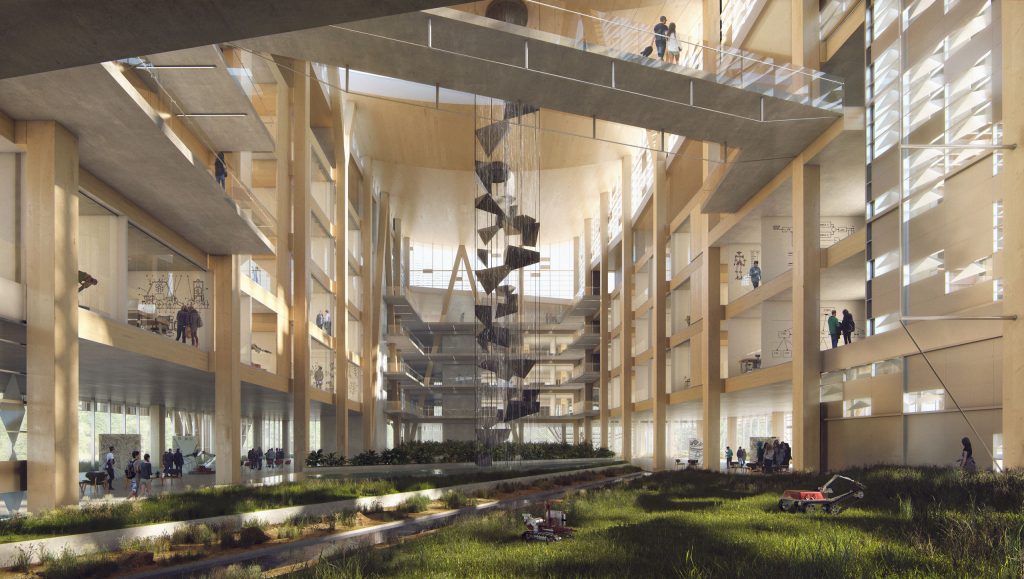
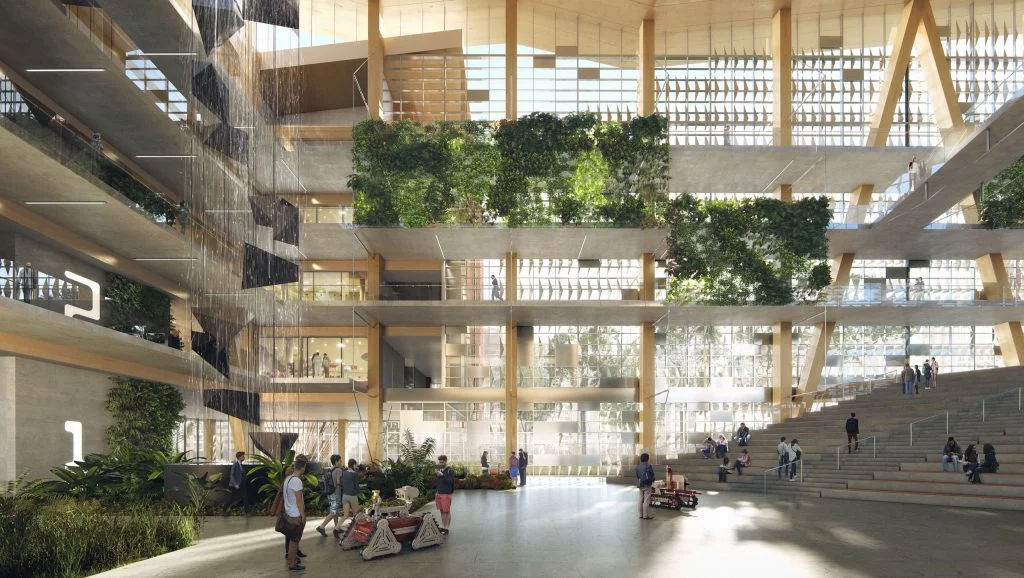
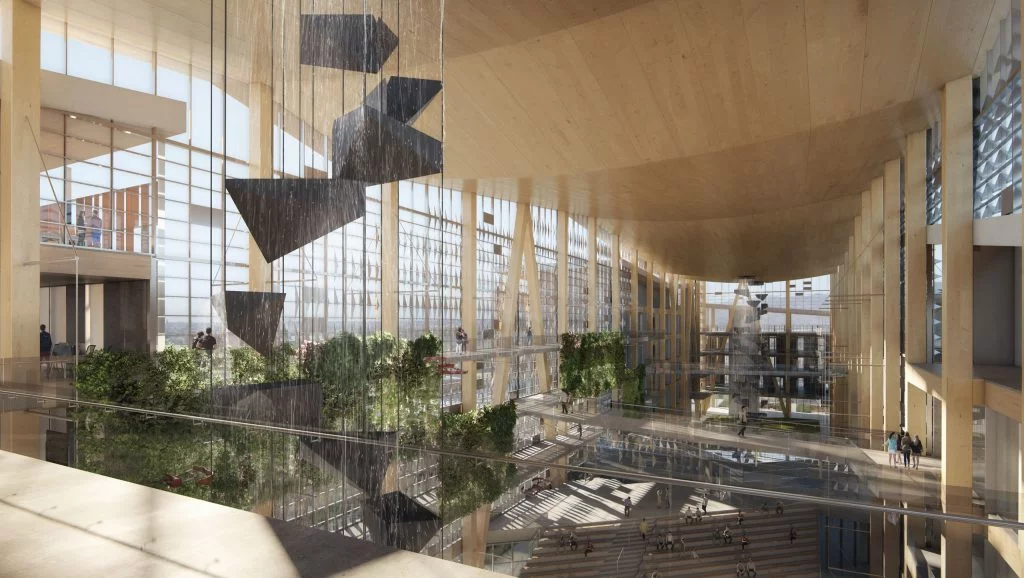
The central atrium serves as a social center and is crucial to the building’s environmental systems by tempering heat and providing humidity. Its network of indoor water gardens provides biophilic black- and grey-water treatment, producing drinking-quality water for the building. At the behest of the university president, Studio Ma designed the atrium to be so memorable that it could serve as a site for weddings and other ceremonies.
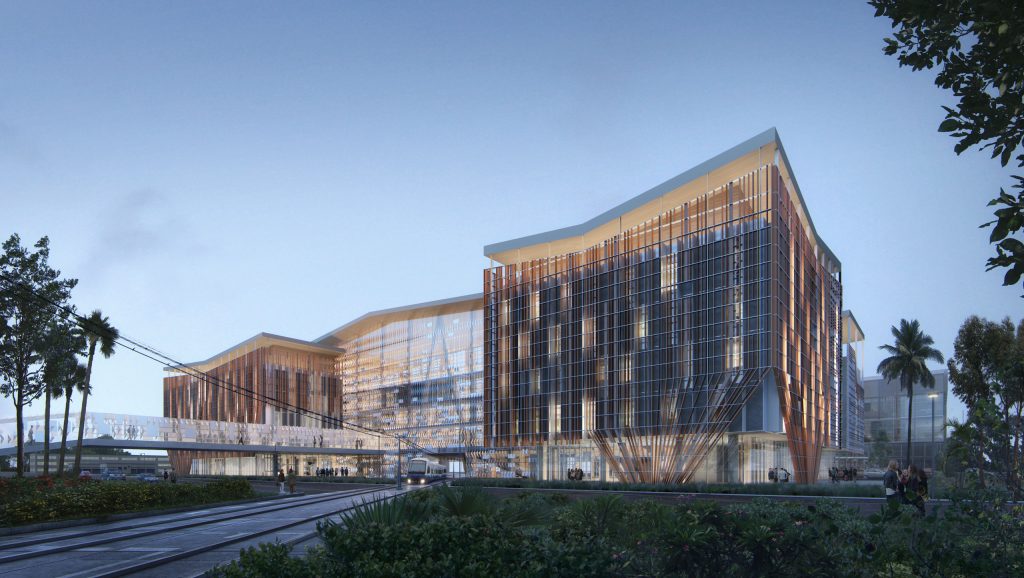
“ We have found that if we’re able to create a physical embodiment of the abstract ideas that we’re trying to pursue, it engages the design community and really raises the bar.”
Edmundo Soltero, FAIA
University Architect, Arizona State University
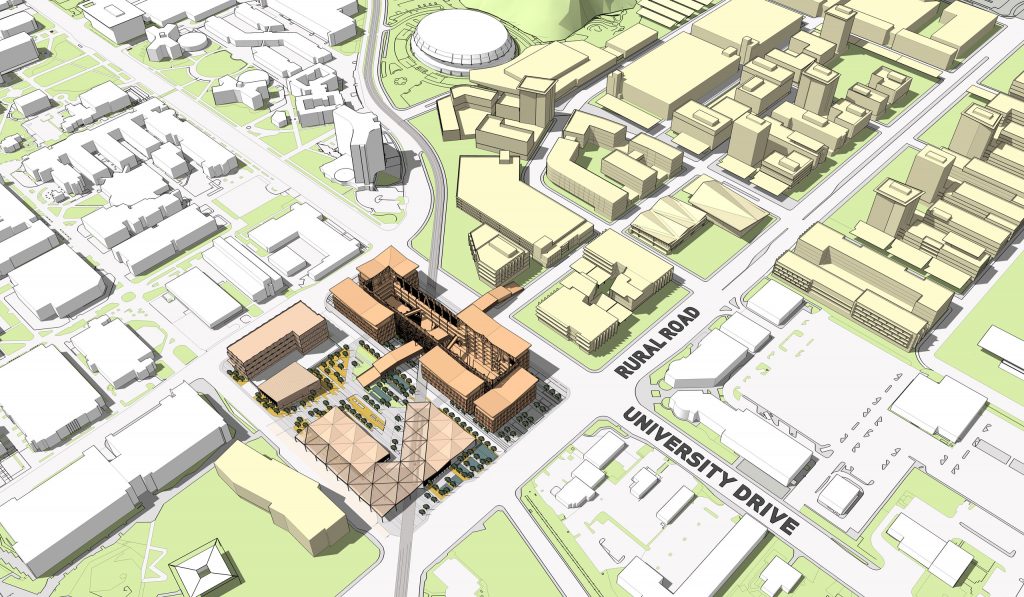
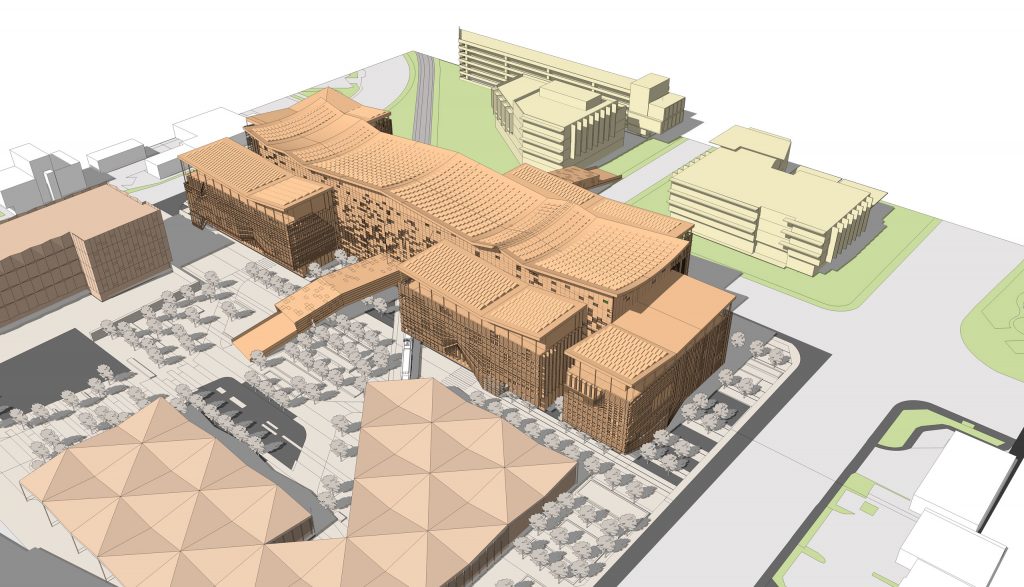
When existing technologies were not available, the Studio Ma team designed prototypes for photovoltaic façades and roofs, and a closed-loop system for turning wastewater into potable water. A light rail station connects the new building and surrounding research precinct to metropolitan Phoenix’s public transportation system, reducing reliance on private vehicles, one of the largest contributors to greenhouse gas emissions.
“ …You can introduce clients to projects, ideas, individuals, and institutions that are making a difference.”
Katie Gerfen
ARCHITECT Magazine
